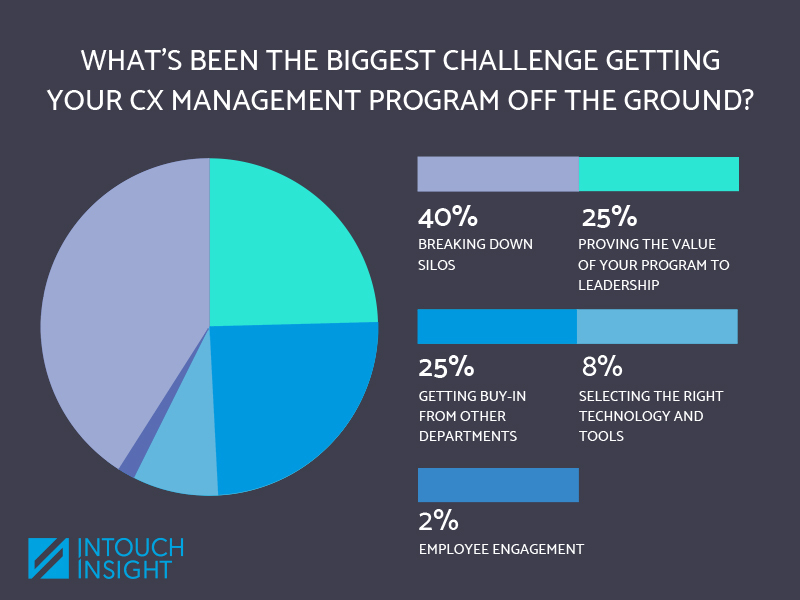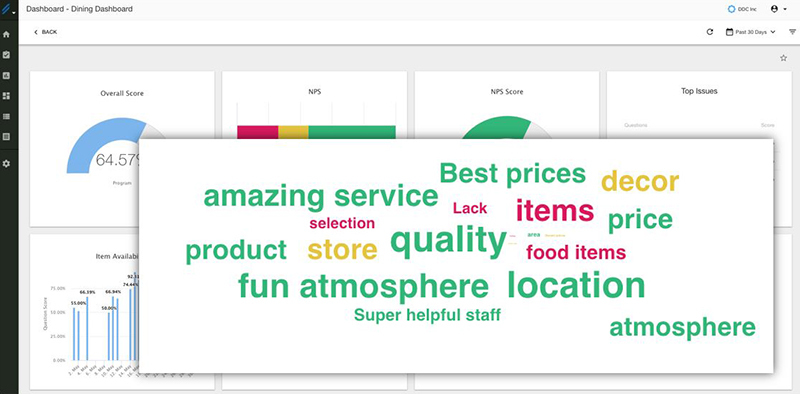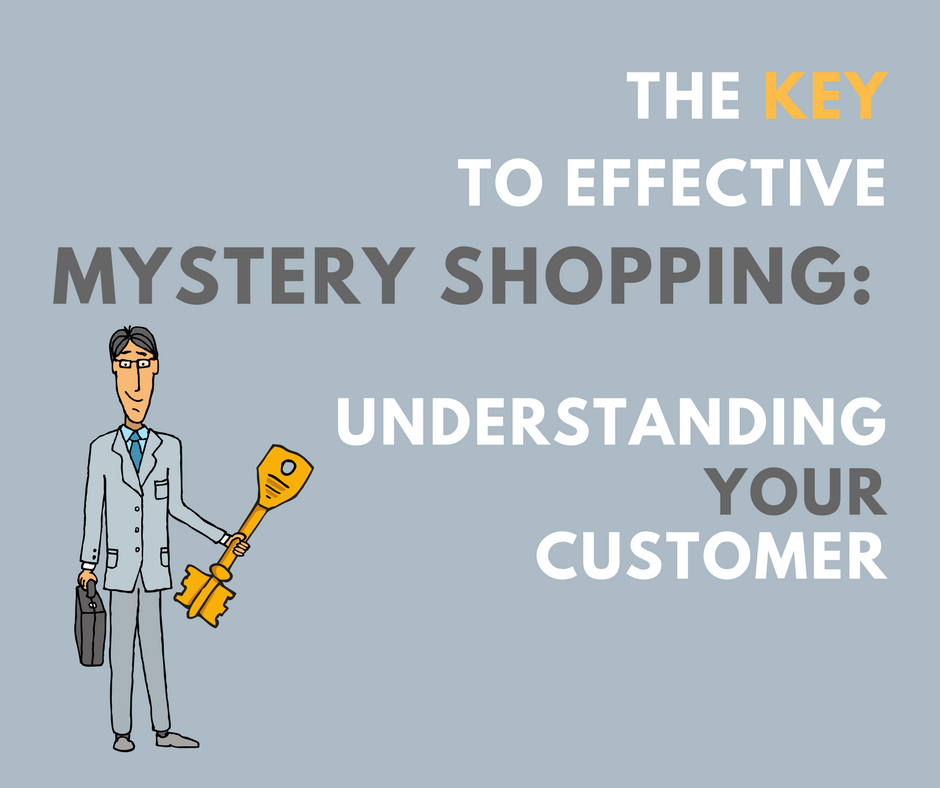From Customer Experience Data to Outcomes
Guest Post by Annette Franz, CCXP

Companies today have done a good job at listening and keeping a pulse on the voice of their customers (VoC). Whether it’s listening through social media, online reviews, mystery shopping, surveys, sales and call center data - the list of listening channels is far from short. Most of the time this information is being monitored through different platforms or by different teams which results in a glut of data that is disorganized and siloed across the organization. These organizational silos are what prevent customer experience (CX) leaders from interpreting and taking the right action on their data. These barriers between CX data have created a disconnect with business value making it difficult for CX pros to get buy-in and support with their program initiatives.
Listening to your customers is only as valuable as the actions that it leads to (Bruce Temkin, Temkin Group). So how does an organization go from listening to acting?
We recently sponsored a webinar with the Customer Experience Professionals Association (CXPA) and partnered with Heart of the Customer’s Jim Tincher to discuss how to select a CX platform that will help you interpret and act on your data.
One of the biggest takeaways was that data without action is worthless.
To reinforce this message, Jim Tincher presented a shocking statistic that 81% of companies indicate their CX improvement programs were failing to deliver results (Avaya survey of > 1,000 companies). To join the 19% of CX leaders, Jim urged, we need a software that helps us take action on information and delivers business value to drive CX forward.
Webinar attendees participated in a poll asking what their biggest challenge was getting their CX management program up and running. Here are the results:

Jim presented a four stage approach to how CX leaders can go from listening to acting with the right CX platform:
You need to bring all your data into one consolidated place so that organizations can easily visualize and interpret their data. The platform needs to align teams and leadership and be the single source of truth for all data across the organization.
A common misconception in the CX space is that we need to listen to what our customers have to say and that should be our focus. The truth is, customers don’t always know how to ask for what they want, and to get investment or make an impact, CX leaders need to build a solid business case to drive change. The problem is not that the VoC is wrong, but that we shouldn't be thinking of the customer in isolation. You have to take that data and bring it back to the business case.
Boring reports don’t get read. Visual ones get shared.

You can see in the dashboard example above of a restaurant dining experience that top issues are easily identified and what customers are saying can be easily extrapolated through sentiment analysis.
Lack of governance is what sinks many CX programs. A platform that enables you to act on your insights is how you get a seat at the table and how you build governance. Once you have the right governance, this is what helps the platform gain more leverage.
Remember, data without action is worthless. If you aren’t going to use the data, what are you collecting it for? To make an impact and drive change, you must bring all your data together so it can be easily interpreted, shared, and supported across the organization. A CX platform that can help you do that is what will make the difference.

Guest Post by Annette Franz, CCXP

We have good news and bad news. As a business, there are a number of challenges you can expect to face in 2020, especially if you don’t have an...

Have you ever been in a situation where you ask a question only to receive an answer that isn’t what you were looking for? Maybe you didn’t ask the...